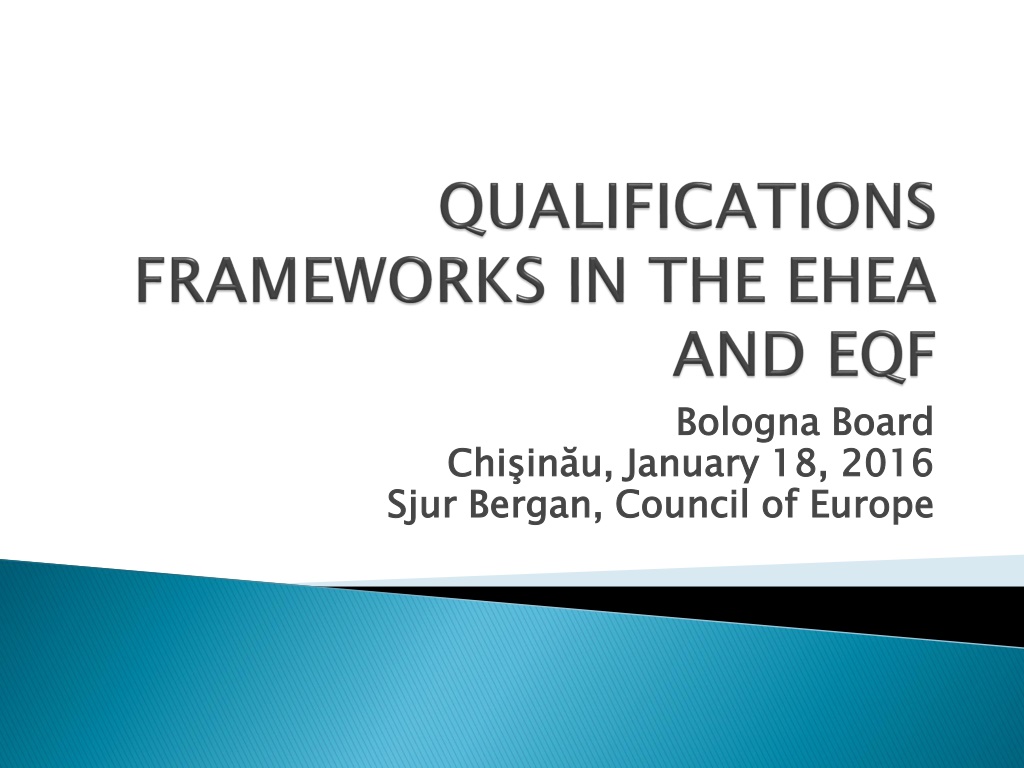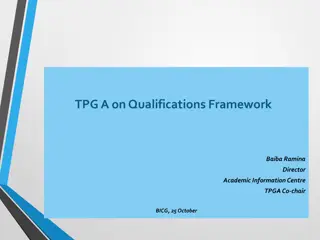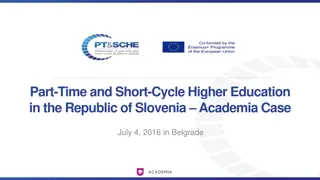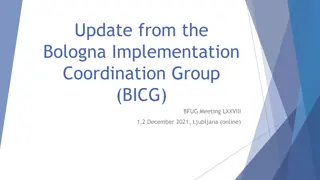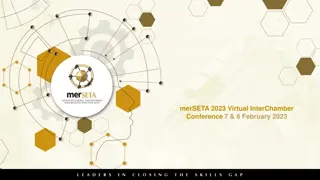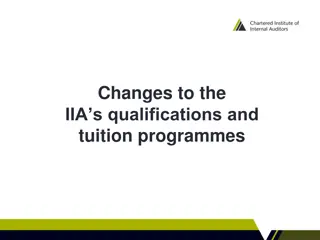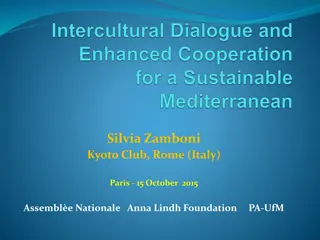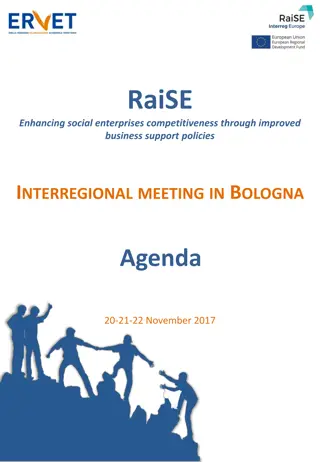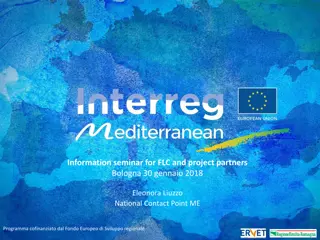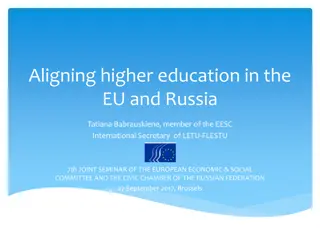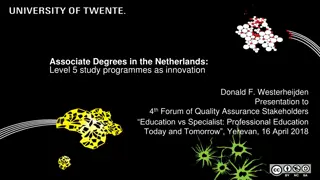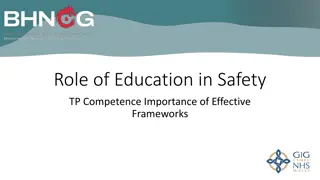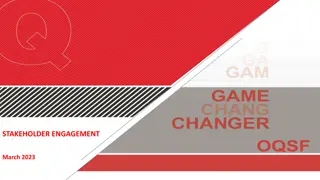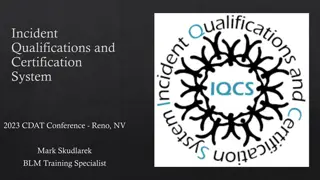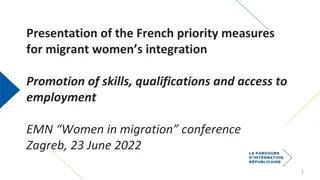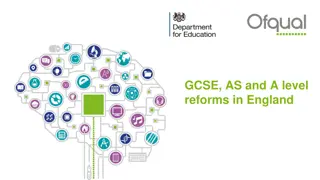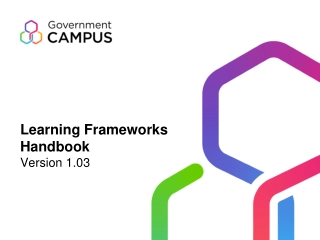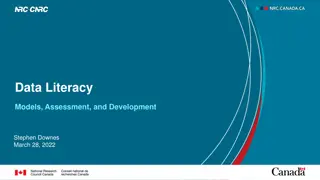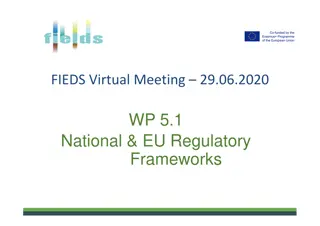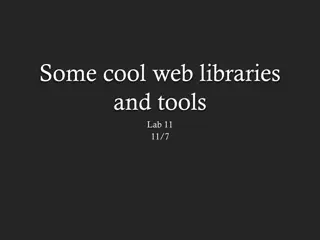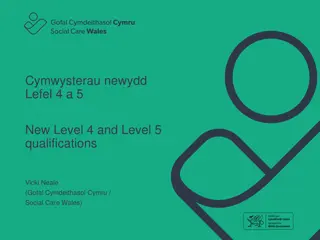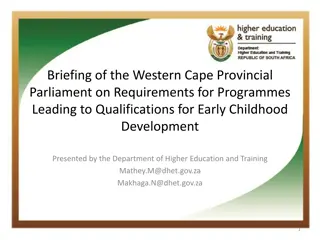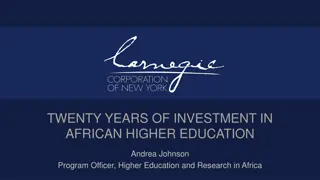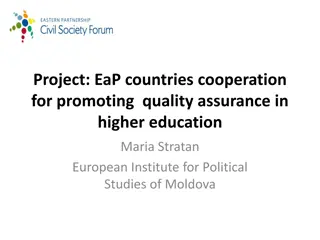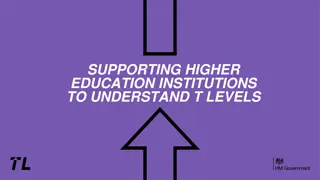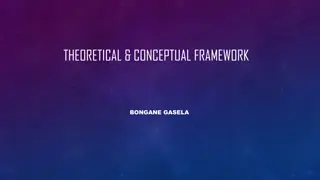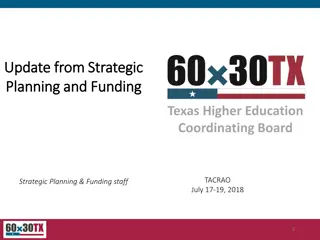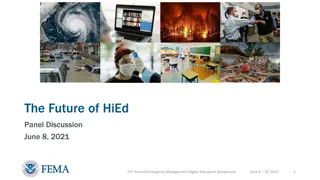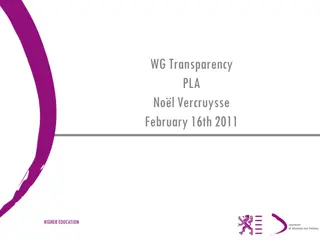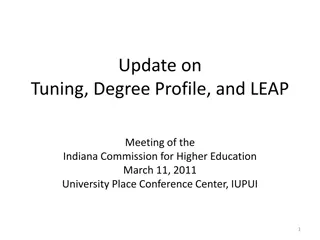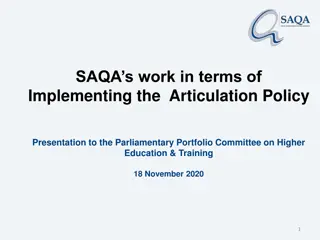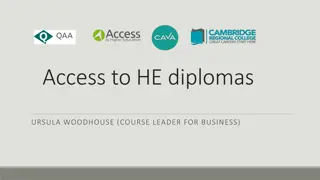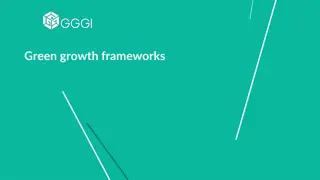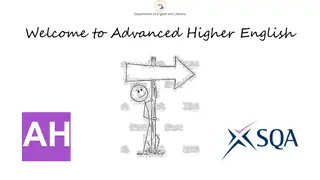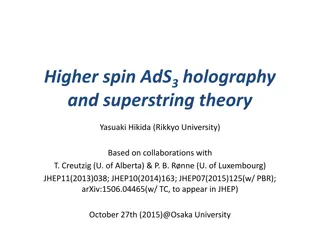The Bologna Process: Enhancing Qualifications Frameworks in Higher Education
The Bologna Process, initiated in 1999, aimed to establish a harmonized system of higher education qualifications across Europe. Key developments included the introduction of a three-tier degree structure, emphasis on recognition and mobility, and the adoption of a Qualifications Framework in 2005. The framework facilitated the understanding and comparability of qualifications within and between national systems, promoting international cooperation and enhancing the transparency of qualifications. Challenges persist in aligning national frameworks with the overarching European framework, emphasizing the need for continued coordination and cooperation.
Download Presentation

Please find below an Image/Link to download the presentation.
The content on the website is provided AS IS for your information and personal use only. It may not be sold, licensed, or shared on other websites without obtaining consent from the author. Download presentation by click this link. If you encounter any issues during the download, it is possible that the publisher has removed the file from their server.
E N D
Presentation Transcript
Bologna Board u, January 18, 2016 Bologna Board Chi in u, January 18, 2016 Sjur Bergan, Council of Europe Chi in Sjur Bergan, Council of Europe
Two (later three) tier degree structure (1999, 2003) Role of the first degree in the labor market (1999) Recognition (1998 and later) Mobility Employability But Qualifications Frameworks mentioned for the first time: Bologna conference in March 2003 in K benhavn Berlin Communiqu 2003
We have an overarching framework (adopted in Bergen 2005) of three cycles with the possibility of intermediate qualifications in national frameworks We will develop national frameworks compatible with the EHEA framework and prepared for self certification by 2012 (Leuven changed deadline) This is a steep challenge and we need continued coordination even if QFs are ultimately a national responsibility
How qualifications fit together within and between systems All qualifications in a given (higher) education system How these qualifications articulate How learners can move between qualifications within a system Learning outcomes All of the above in ways that make them understandable to informed foreigners QF: an instrument to describe and make sense of diversity QF: an instrument to describe and make sense of diversity
National framework closest to the operational reality owned by national system ultimately determines what qualifications learners will earn describe the qualifications within a given education system and how they interlink National framework Overarching framework facilitates movement between systems face of Bologna /European qualifications to the rest of the world provides the broad structure within which national qualifications frameworks will be developed ( outer limits for diversity) Overarching framework
Bologna (QF Adopted 2005 47 countries Higher education only 3 levels with short cycles integrated within the first cycle in 2015 Overseen by BFUG and WG QFs, coordinated by the Council of Europe until 2105 National correspondents Bologna (QF- -EHEA) EHEA) EQF Lifelong learning Adopted 2008 36 countries All levels of education in a lifelong learning perspective 8 levels Overseen by EQF Advisory Board and the European Commission National Coordination Points EQF Lifelong learning
How can countries contribute better to the Network of National Correspondents? How can self certifications be presented and assessed? What should the relationship between QF- EHEA and EQF-LLL be?
